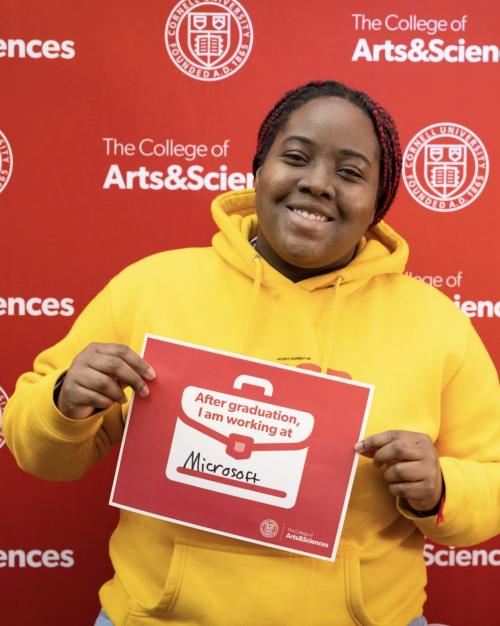This story in Science Daily talks about the work of Steven Strogatz, the Jacob Gould Schurman Professor of Applied Mathematics and Stephen H. Weiss Presidential Fellow, related to a new taxi dispatching approach, which could cut the number of cars on the road while meeting rider demand.
"We started looking into this problem motivated by the increasing trends toward shared mobility, which will likely become even stronger with the transition to autonomous vehicles," says Carlo Ratti, director of MIT's Senseable City Lab and a professor of the practice in MIT's Department of Urban Studies and Planning. "If demand for mobility is served by fleets of shared vehicles, a fundamental question is: How many vehicles do we need to serve the mobility needs of, say, a city such as New York?"
Ratti's team, which includes Moe Vazifeh, the first author of the paper and formerly a lead researcher at the Senseable City Lab; Giovanni Resta, a researcher at the Institute of Informatics and Telematics of CNR; anx Strogatz, tested their algorithmic solution on a data set of 150 million taxi trips taken in New York over the course of one year.
They computed travel times using the actual Manhattan road network and GPS-based estimations derived from the taxi trip data set and found that real-time implementation of the method with near-optimal service levels reduced the fleet size needed by 30 percent, the story said.
Read the entire Science Daily story.




